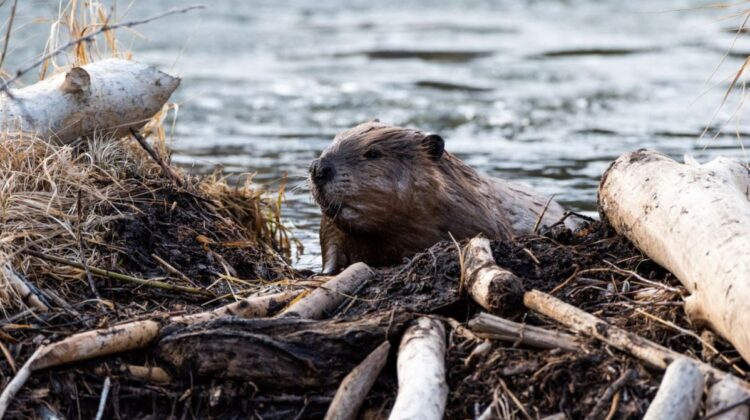
In the year 1998, Olivier Rubbers took a bold step that would eventually make him a symbol of a growing underground movement. He engaged in what he fondly termed “beaver bombing” of his local waterways. In simpler terms, Rubbers took it upon himself to reintroduce beavers into the wild, allowing these industrious creatures to work their magic by naturally damming up rivers. While his actions were technically illegal, they raised a profound ethical question — is it wrong to intervene in the name of conservation?
Rubbers embarked on his mission by sourcing beavers from Germany, then discreetly crossing the border into his native Belgium to release them into the wild. Over the course of two years, he repeated this operation multiple times, stealthily bringing a total of 97 beavers into his country. He witnessed the remarkable transformation as these beavers turned streams into thriving beaver ponds, creating a haven for frogs, fish, and various other species.
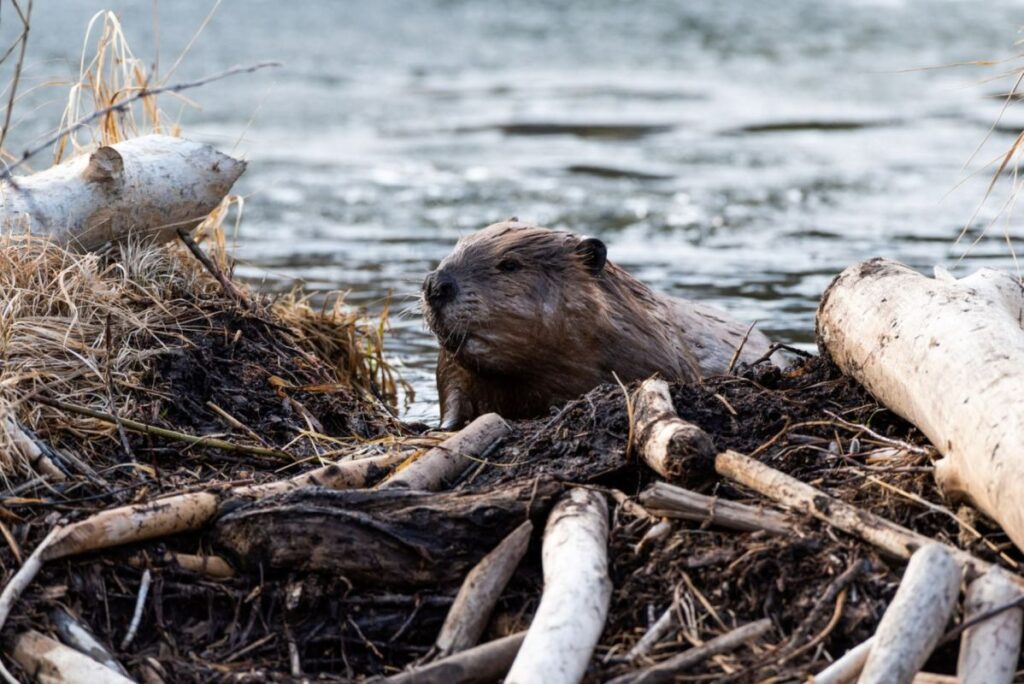
Olivier Rubbers, it appears, possessed a streak of audacity, firmly believing that he possessed all the authorization necessary for his actions. However, in reality, he had no legal right to carry out such reintroductions.
What may surprise many is that Rubbers is not an isolated case. An underground network of wildlife enthusiasts, driven by an unwavering commitment to conservation, engages in similar activities. They are individuals who, at times, illegally introduce, remove, or reintroduce species to restore equilibrium to nature. While some boast scientific backgrounds, others, like Rubbers, are driven purely by passion.
Our planet finds itself ensnared within the throes of the sixth mass extinction event, a crisis characterized by a rapid decline in numerous species. This dire situation is primarily attributable to human activities such as agriculture, pollution, and global warming.
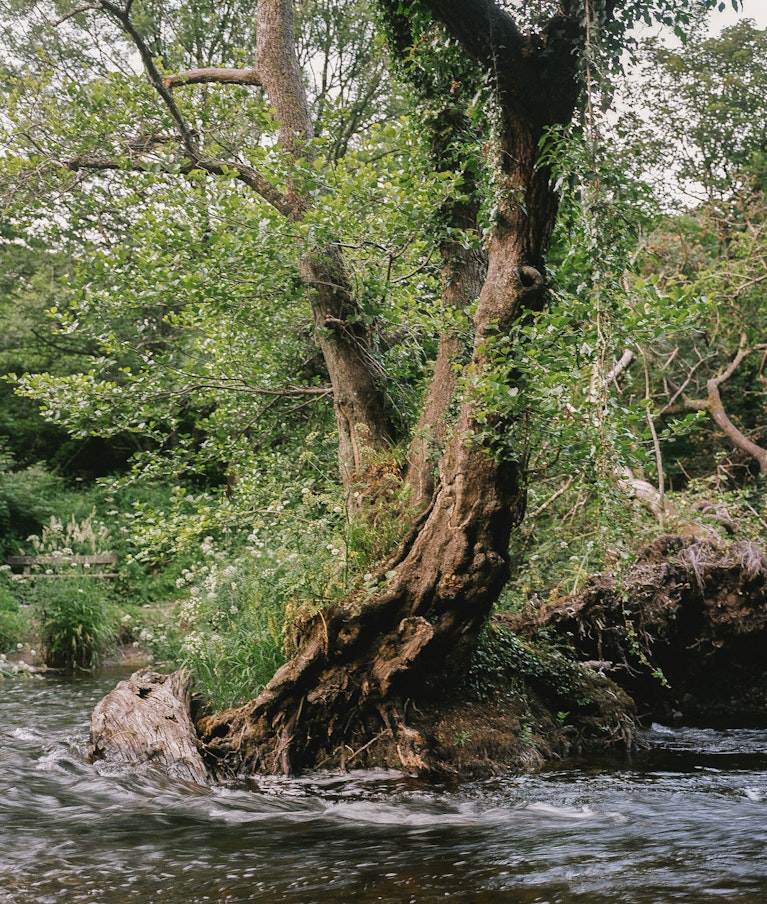
Rubbers and his cohort of rogue rewilders, however, posit a compelling argument. They contend that allowing species to vanish is a more egregious offense than taking unauthorized action to reintroduce them. According to these proponents of unconventional conservation, reintroducing key species can catalyze the natural world’s self-repair mechanisms. These revived ecosystems, they argue, can counteract rising temperatures by sequestering carbon pollution, while simultaneously mitigating the risks of flooding and erosion.
Yet, it is the often-limited training of these rewilders that has sparked controversy. Detractors fear that their well-intentioned efforts may inadvertently exacerbate challenges. Unfamiliarity with proper protocols may increase the risk of disease transmission between humans and animals, potentially harming biodiversity.
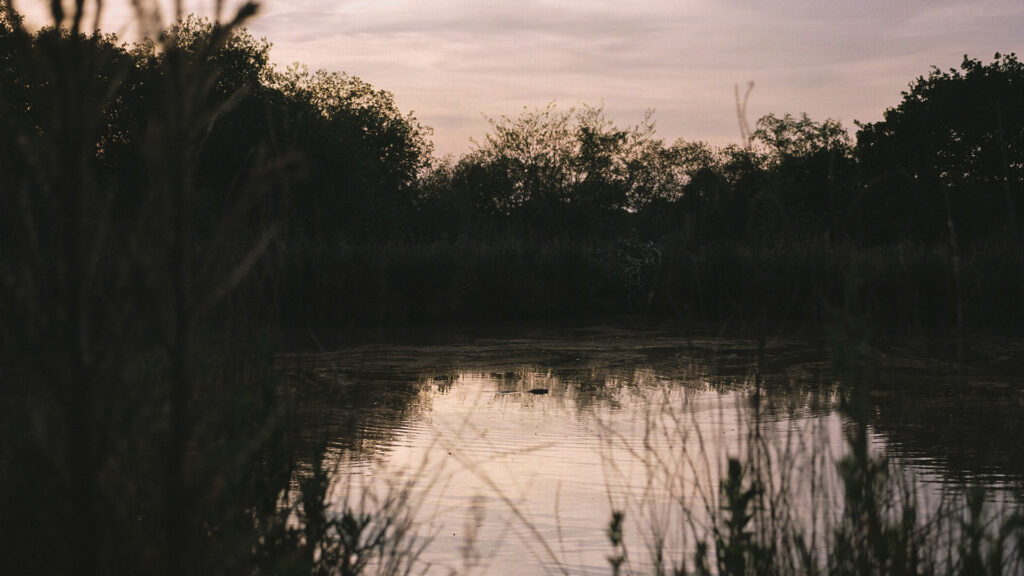
Nonetheless, the rogue rewilders boast a legion of supporters. Many scientists emphasize their ability to reintroduce a species within a matter of days, circumventing the bureaucratic red tape that often impedes traditional conservation efforts. This agility and swiftness in action have earned them accolades from wildlife enthusiasts who applaud their dedication to resurrecting beloved species.
In the words of British environmentalist Ben Goldsmith, “They are the heroes of our time.” This sentiment echoes the admiration of countless others who view these unconventional conservationists as champions of the natural world.
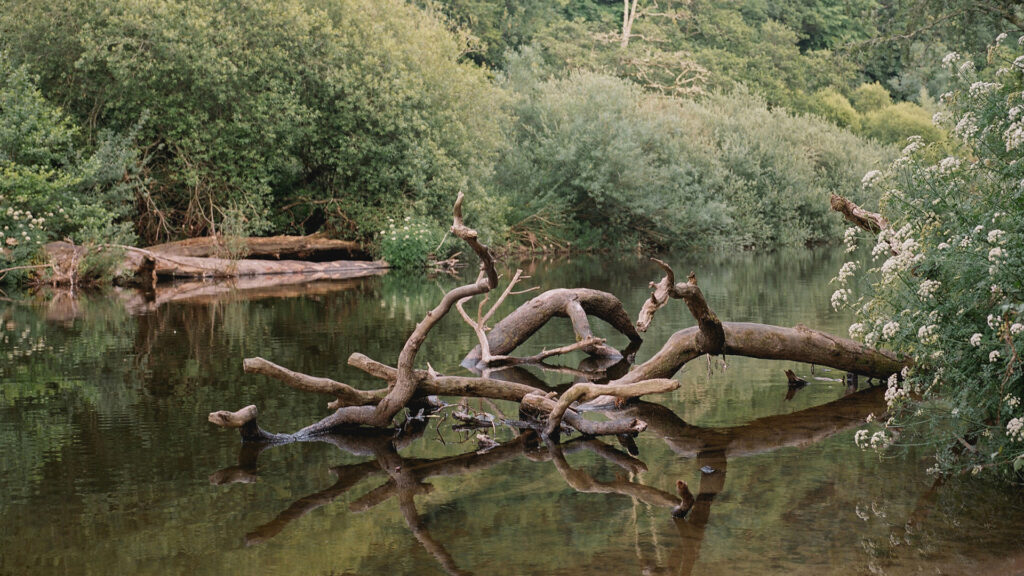
The crux of the argument boils down to a question of timing. Should we seize the moment to save endangered species and restore ecosystems, even if it means sidestepping established rules and regulations? Or should we exercise caution and adhere to conventional protocols, even if doing so entails waiting years for red tape to unravel? It is a debate that will undoubtedly continue to evolve as we grapple with the urgent need for conservation in an ever-changing world.

Leave a Reply